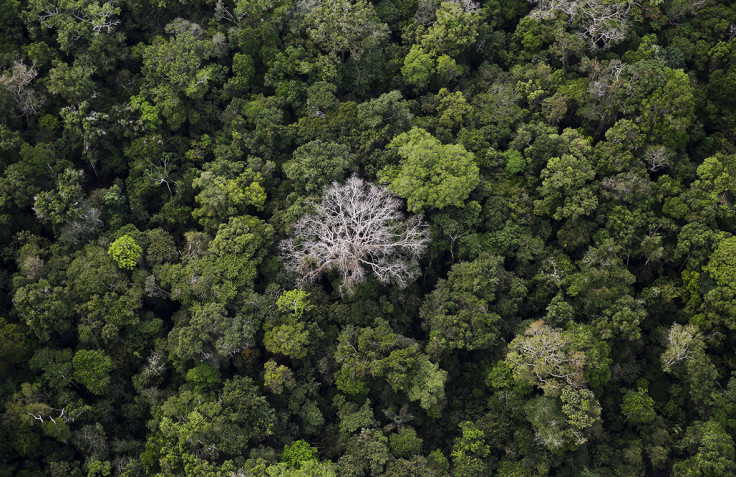Brazil: Construction of 40 major dams threat to Amazon, says Greenpeace

Brazil's Amazon region is under threat because of the construction of 40 major dams in the Tapajós river basin, a report by Greenpeace says. The report suggests that unrestrained economic exploitation could destroy the area.
Supported by the government and global engineering companies, the construction of five large dams, along with 35 others that are planned, is expected to be a solution to Brazil's recession and severe electricity scarcity woes.
Brazil plans to set up 25GW of new hydropower capacity by 2024, besides building a huge industrial waterway for the easy exportation of soya and other crops to Europe.
The Greenpeace report warns against the venture, pointing out that earlier experience and ongoing Amazon hydropower projects have shown that dams destroy large swathes of land like alluvial forests that are solely dependent on seasonal flooding.
Besides, the report pointed out that dams would have a destructive impact on populations of fish and aquatic reptiles and on the life cycles of mammals that may even lead to their extinction in future.
"There is other far less harmful ways to generate as much energy as the country needs, ways which can be brought into operation more quickly than hydropower. It is extremely doubtful whether hydropower is a reliable or cost-effective approach, making an energy future based on dams a potentially disastrous mistake," the document says.
Greenpeace wants to work with the Munduruku indigenous people whose lands would be drowned if the government's top priority, the São Luiz do Tapajós (SLT) dam of 8,000-megawattis is built. This would be the sixth-largest hydroelectric dam in the world if it becomes a reality.
However, Ibama, Brazil's environmental agency, has suspended the licensing process of the project over risks it would pose to the indigenous community.
"This is an important battle not just for the Munduruku people, but for everyone around the world since we are talking about one of the biggest forests that still exist on the planet," said Juarez, the Munduruku chief of the Sawré Muybu indigenous land.
Besides the Munduruku, three other indigenous communities in the Tapajós basin have questioned the legitimacy of the dams. According to a joint proposal, the government is building dams on the basis of hurriedly prepared studies and suspicious motives, without showing any concern for biodiversity.
"In recent years the government's approach to the Amazon has become one of development at any cost and often with questionable justification," the Greenpeace report says. "It is time the Brazilian government admitted that clean Amazon hydropower is a dangerous myth that sows misery and destruction while failing to provide energy security. The economics of large dam schemes in remote tropical rainforests do not stack up," it adds.
© Copyright IBTimes 2025. All rights reserved.




















